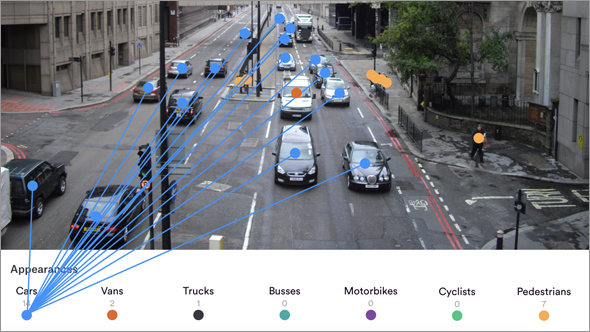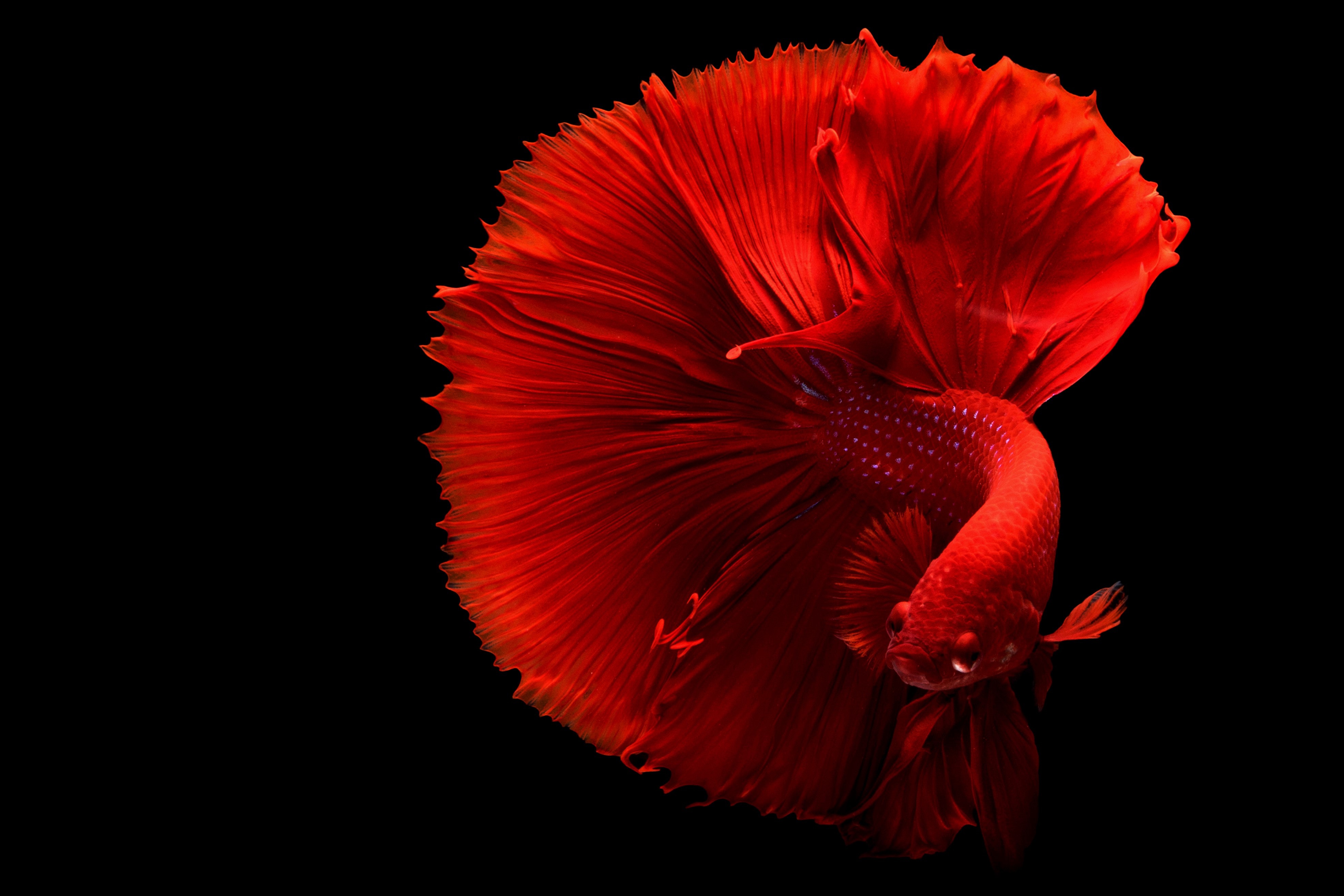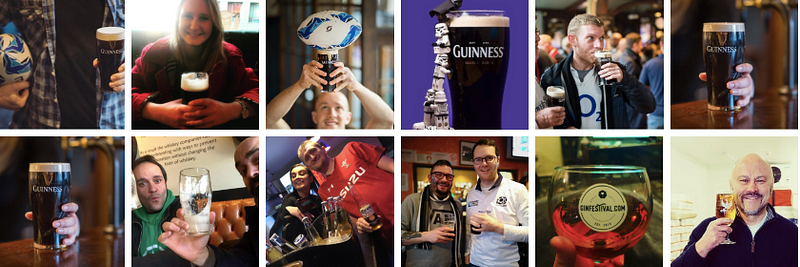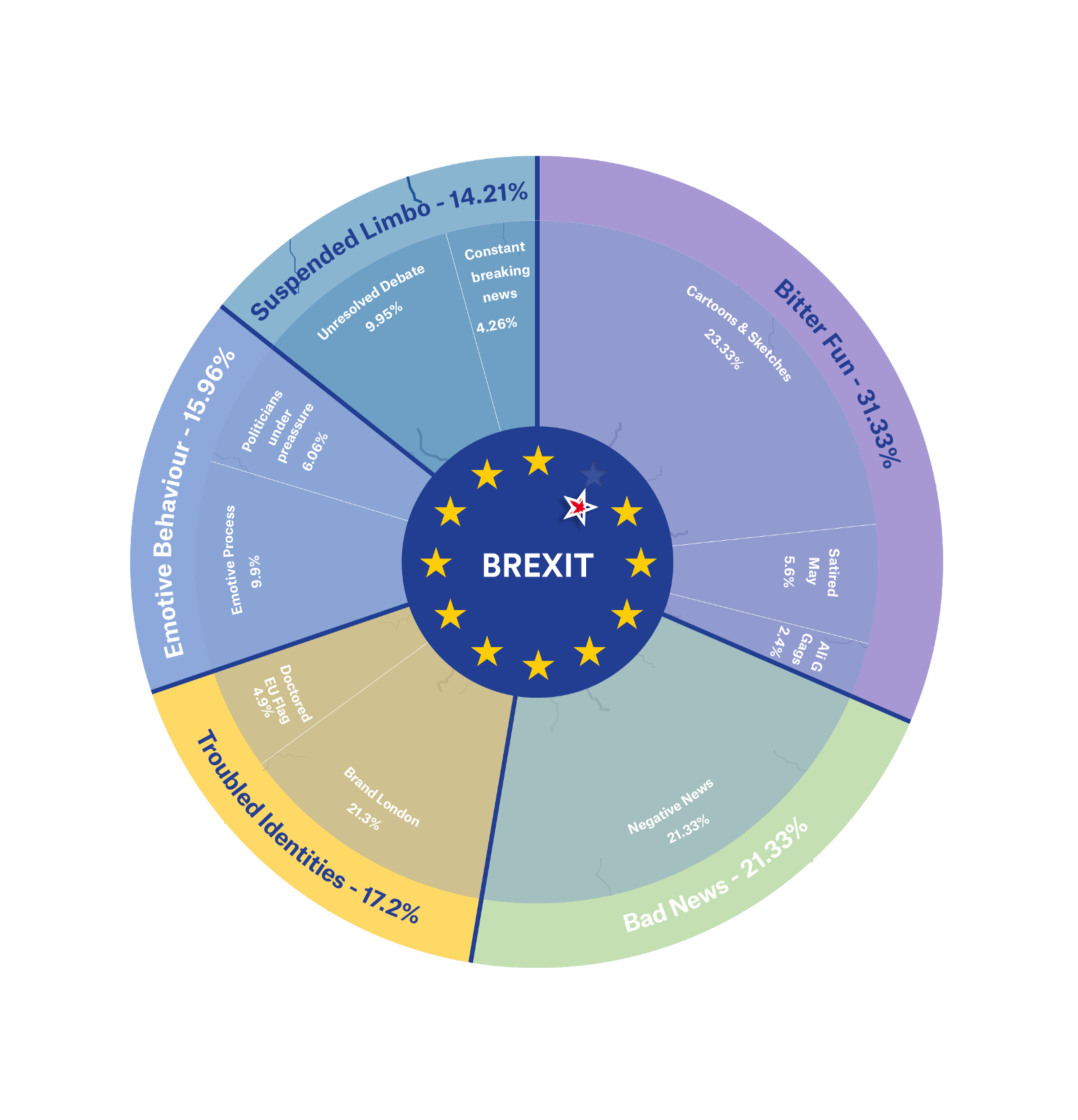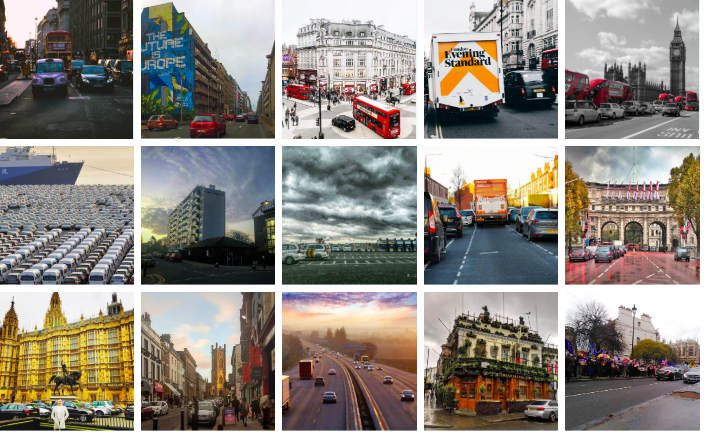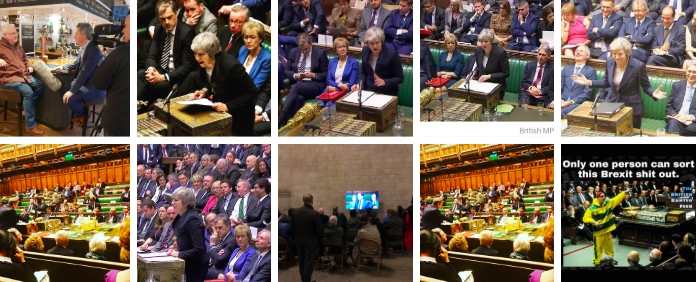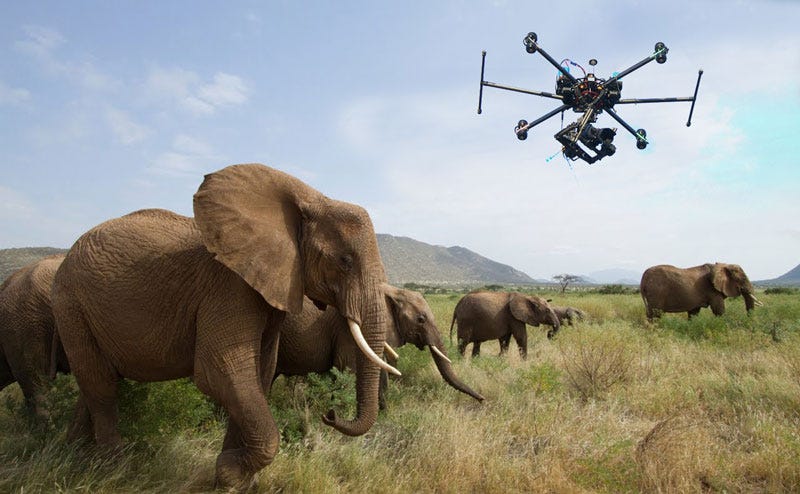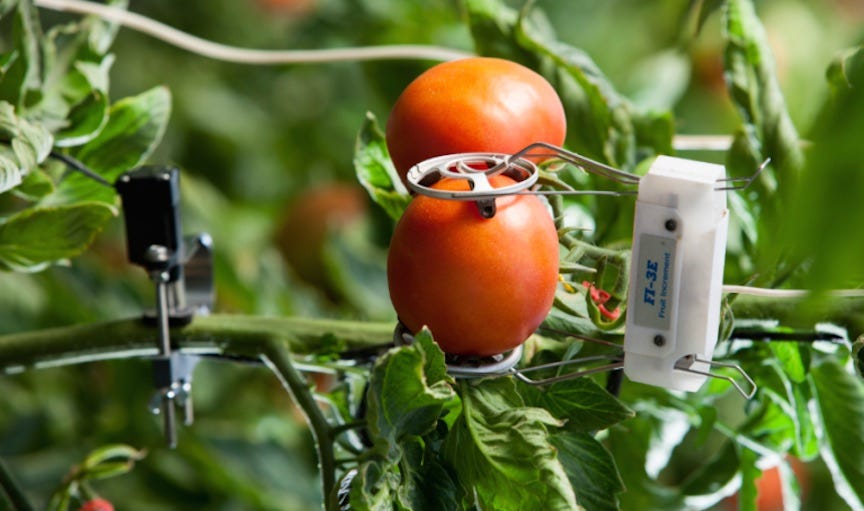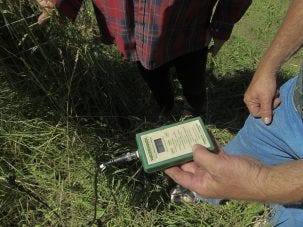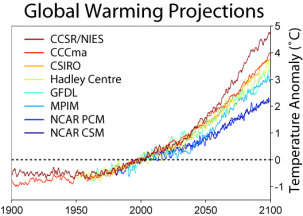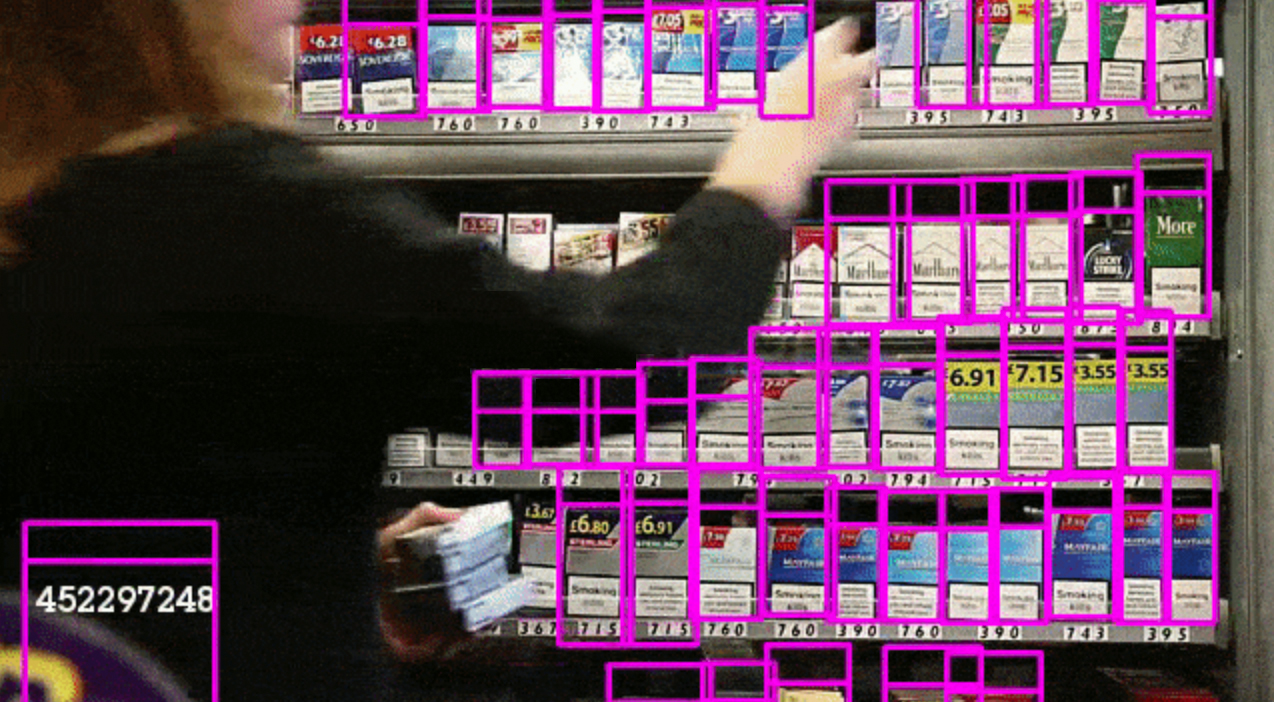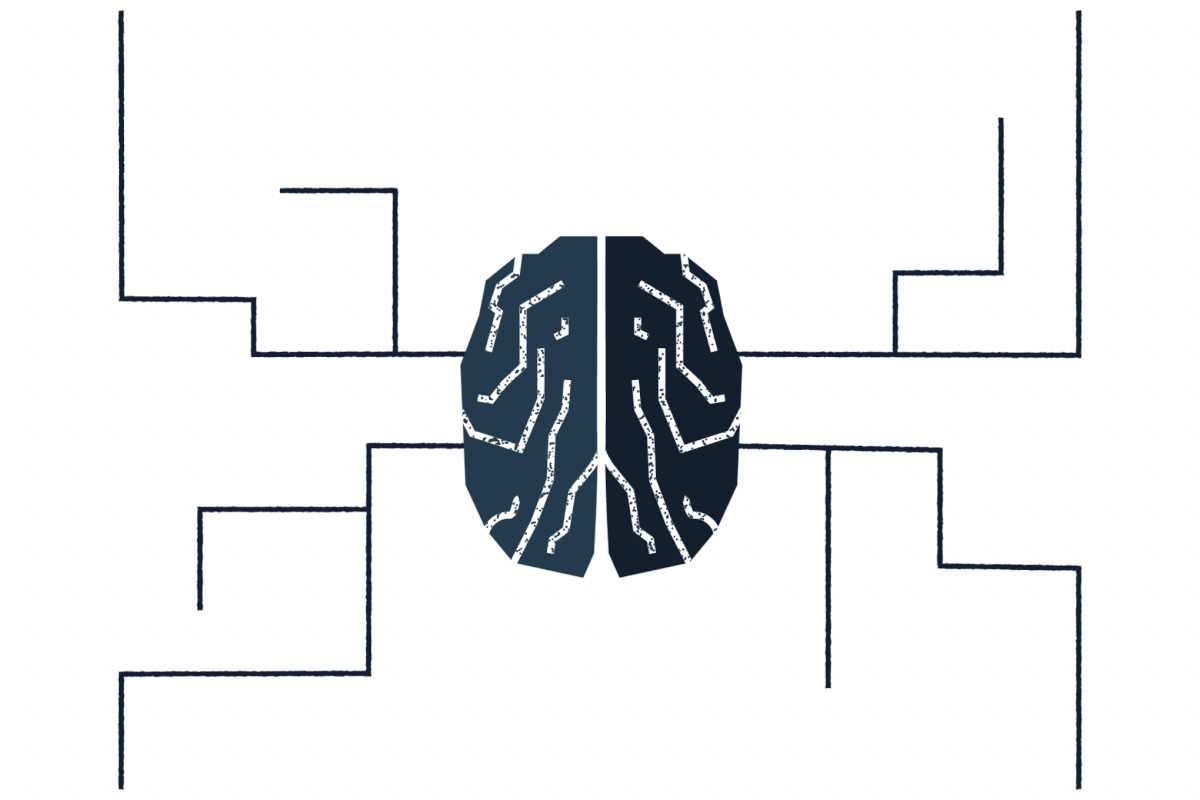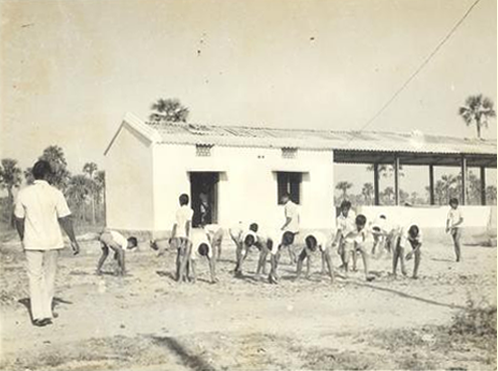When we use the term ‘Smart’ we are, more often than not, referring to our latest iPhone or Alexa device. Yet London itself is being smartened up rapidly. Indeed, our Mayor Sadiq Khan is currently working alongside the Smart London Board to ensure London is abreast of all technological developments.
Cities like London produce a whole lotta noise and a whole lotta data- and this is only set to increase. It is said that by 2025 two thirds of the world’s population will live in urban areas. This rapid urbanisation of our society has brought with it a number of new issues, including overcrowding, congestion, sustainability and resource management. Machine learning technology can offer solutions to manage these issues by organising all this data and putting it to real beneficial use. It provides a way to turn all this information, all this noise, into actionable insight.

Image: London and Partners image of Sadiq Khan at London tech week
And London is ideally placed on the frontline of this AI revolution. Our population is meant to hit 10 million by next year. Our urban issues rapidly require smart solutions and there is a real appetite for this technology. New research by ATG has established that almost a quarter of Brits (24%) say they would happily fund smart city solutions using their own tax contributions.

Image: ITV
Machine learning is the ‘Smart’ in the solutions that everyone is referring to. This technology’s power lies in its ability to apprehend, process, inspect and evaluate data to influence everything from traffic, water and energy management. It has the potential to revolutionise the structures and processes of our urban environment and create a cohesion between social, economic and environmental opportunity.
Smart city initiatives will help us understand how cities are functioning and will become a vital source to city planners. Part of the power of this technology is its ability to identify many different elements of urban life simultaneously and in real time- suddenly cars, people and rubbish make up part of an all-encompassing metropolitan picture. Machine learning is something that deepens with time as the computer learns to spot consistencies, so it follows that the future will see it predicting changes and patterns.
Technologies, such as our InMotion platform, can be employed to automate pedestrian, road and traffic analysis. In London, for example, our roads are often in need of repair and maintenance- an estimated £150 million is spent each year on fixing potholes. Our technology works alongside sensors that fit directly onto vehicles that both spot portholes and share this data with the relevant local authority.
Likewise, this technology can also ease our clogged roads and help us deal with the increasing problem of traffic. Traffic cameras are placed strategically to automatically detect vehicles and this information is then sent back to authorities that can estimate the density of traffic on the road. The system can then alter traffic lights accordingly and reduce overall congestion safely and seamlessly.
The benefits of this technology are numerous- one of the most obvious being that it will drastically cut costs. If technology takes on the burden of traffic, pedestrian and road management, there is no longer a need to pay humans to do mundane tasks like watching traffic cameras. The knock-on effect of this is that automating these tedious jobs frees humans up to focus on creative thinking and strategy. Likewise, if traffic is flowing energy consumption will also be reduced, improving emissions and air quality. There is ,therefore, a very clear interconnection between social, economic and environmental remuneration.
As our city becomes more and more congested, it has become increasingly clear that our current urban infrastructure is no longer fit for purpose. Technologies like Jaggu’s are remapping the future of our urban spaces and making sure that no-one is left behind.


